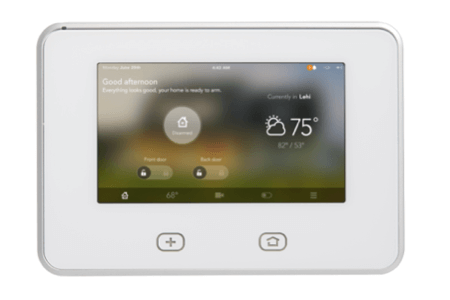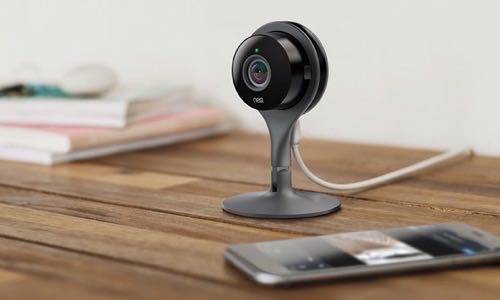More than one in five households in the US have some form of smart-home system, according to a recent research project by Strategy Analytics into smart-home use. Smart homes are growing: The number of households with some smart-home device installed grew 30% to 26.8 million in 2015, representing 21% of US households.

Safety Is A Smart Idea
The best-selling products are water sensors which monitor water consumption and can automatically shut off the water in case of a leak and light automation throughout a property after a panic button is pushed (16%). This suggests that safety and property maintenance are key areas for smart-home purchases—even though that’s not where the industry’s focus has been.
The Strategy Analytics report identified three primary consumer groups for smart home purchases:
Green Nesters (16% Of The Population)
These are married families owning multiple smartphones and tablets. They are primarily interested in smart-home tech around occupancy-sensing systems for lights and heating.
Impressers (13%)
This groups skews towards slightly younger females in a higher income bracket residing in connected-device households. They possess an interest in motion-sensing camera technology.
Millennial Males (7%)
This childfree cohort is under 35 and resides in flats and apartments. They also lean towards motion-sensing camera technology.
Buyer Statistics Beware
Interestingly, considering the plethora of apps and smart-home devices targeting the elderly, they are notably absent in Strategy Analytics’ numbers. Could this be because they lack the technology know-how or interest—or that younger relatives typically purchase and install such items for them, distorting the numbers?

Bill Ablondi, a director of smart-home research at Strategy Analytics, says:
Interactive security—professionally monitored security with Internet-connected home control and automation capabilities—is a big draw in the US market. We believe that this category will continue to grow as companies offer low cost systems and services to attract a broader market. Cable TV operators such as Comcast and Time Warner Cable are healthy growth of their interactive security services as is market leader ADT.
Ablondi alludes to ways that smart-home devices could find their way into homes of consumers that aren’t actively seeking them out:
Data analytics for predicting failure in heating systems and major appliances will become an extension of the maintenance contracts retailers, energy providers, and manufacturers offer.
Smart-home devices could do more than report malfunctions: They could predict them, too, reducing maintenance and replacement costs.
It is indeed possible to envision a home which goes beyond the coffeemaker, thermostat, smoke detector, and camera to multiple control points in the home. Consumer adoption has some way to go. But with established brands like Amazon, Apple, Google, and Samsung building awareness for smart-home technologies the market is set to increase, especially as technological enhancements like voice recognition make the devices more appealing.

















